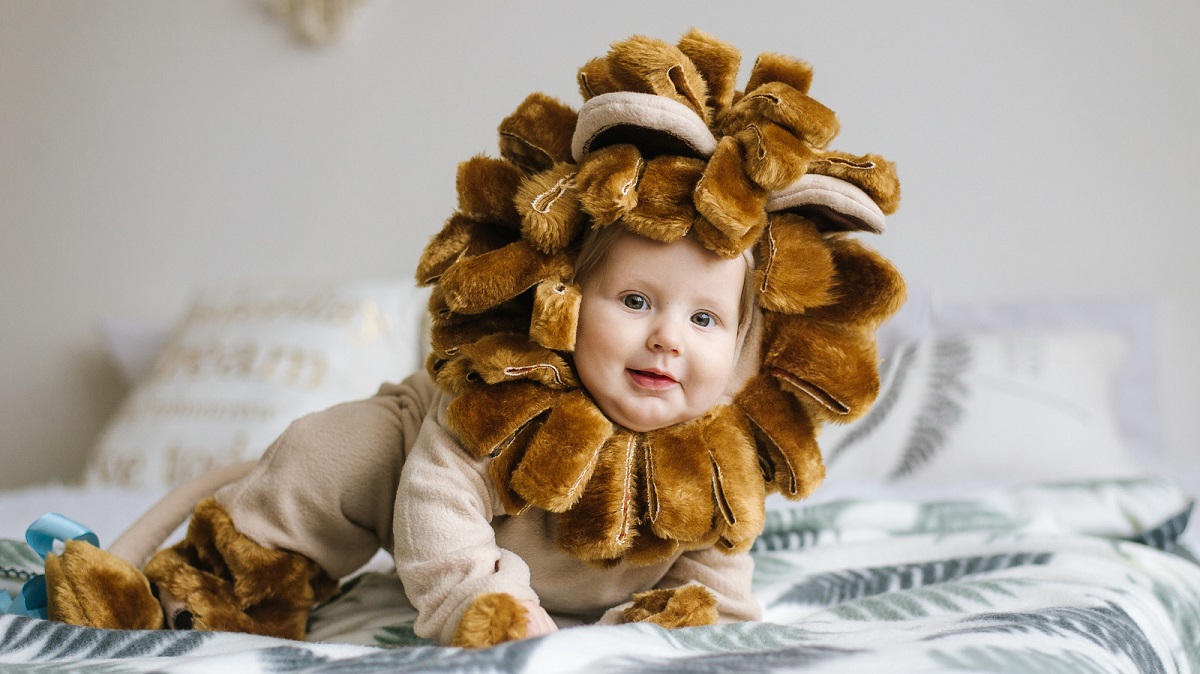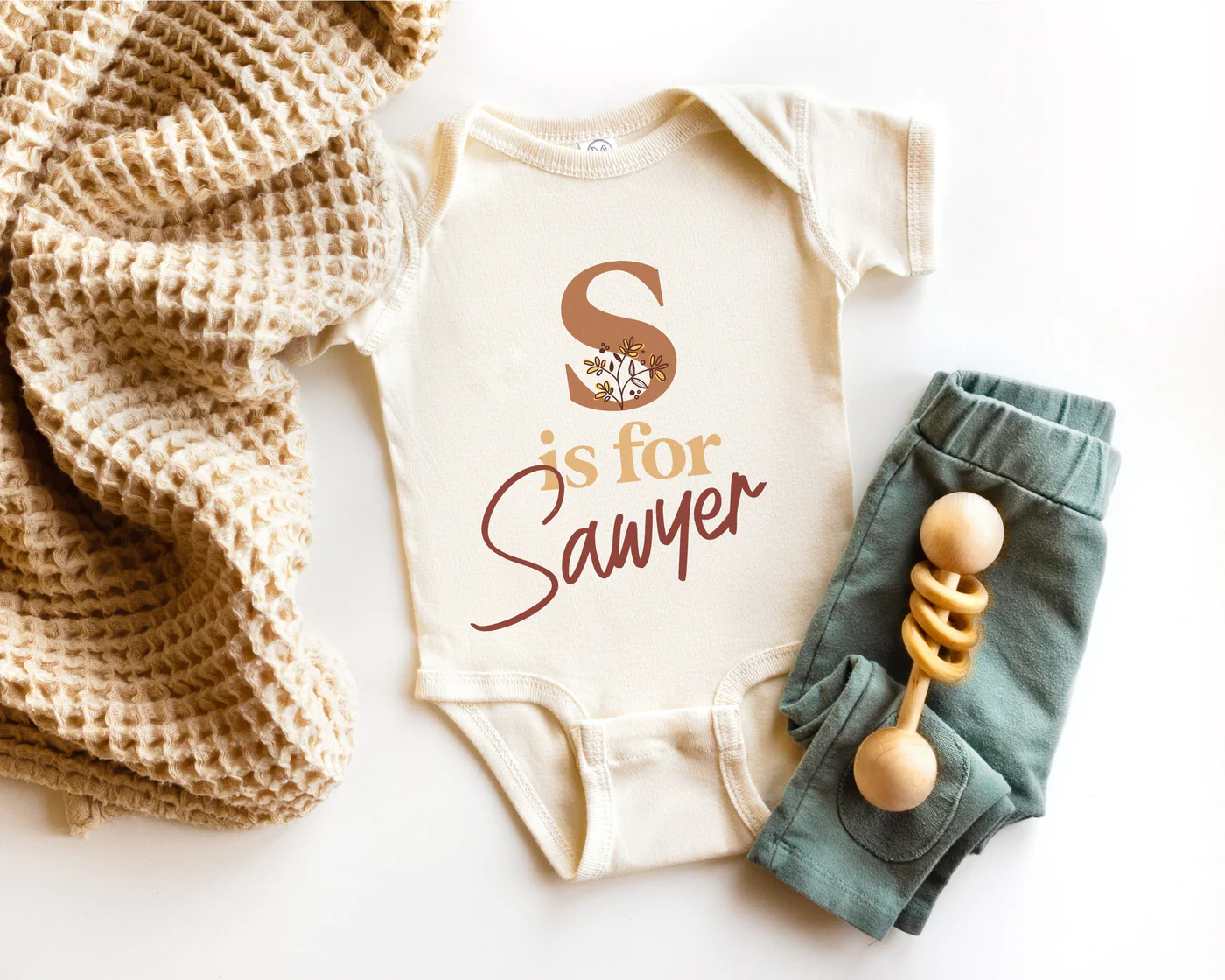Home>Featured>Newborn Mysteries: Do Babies Have Eyebrows At Birth?


Featured
Newborn Mysteries: Do Babies Have Eyebrows At Birth?
Published: February 9, 2024
Discover the truth about newborn eyebrows and other health and safety mysteries. Learn what to expect when your baby arrives.
(Many of the links in this article redirect to a specific reviewed product. Your purchase of these products through affiliate links helps to generate commission for Foozkids.com, at no extra cost. Learn more)
Table of Contents
Introduction
The arrival of a newborn into the world is a wondrous and awe-inspiring event. As parents gaze upon their precious bundle of joy, they are often captivated by every tiny detail, from the delicate fingers and toes to the adorable button nose. Among these endearing features, the presence or absence of eyebrows at birth can spark curiosity and wonder. In this article, we will delve into the mysteries surrounding baby eyebrows, exploring their development in the womb, their presence at birth, and their significance in the early stages of life.
The emergence of eyebrows on a newborn's face is a topic that piques the interest of many parents and caregivers. Understanding the intricacies of this aspect of a baby's appearance can provide valuable insights into the miraculous process of fetal development and the unique characteristics that make each newborn a marvel to behold. Let us embark on a fascinating journey to unravel the secrets of baby eyebrows, shedding light on their significance and the care they require in the early stages of life.
Read more: Charming Middle Names For Eloise To Consider
The Development of Baby Eyebrows in the Womb
During the remarkable journey of fetal development, the formation of a baby's eyebrows is a captivating process that unfolds within the protective confines of the womb. The intricate development of these tiny yet significant facial features begins early in the gestational period, as the fetus undergoes a series of remarkable transformations.
Around the 22nd week of gestation, the initial indications of eyebrow formation become discernible. At this stage, the hair follicles that will eventually give rise to the eyebrows begin to emerge on the fetal skin. These nascent hair follicles, which are incredibly fine and delicate, mark the early stages of eyebrow development, laying the foundation for the emergence of fully formed eyebrows.
As the weeks progress, the eyebrows continue to evolve, gradually thickening and assuming a more defined shape. The fetal skin, which is exquisitely sensitive and responsive, provides the nurturing canvas upon which the eyebrows take shape, reflecting the genetic traits inherited from the parents. The process of eyebrow development is a testament to the intricate interplay of genetic predispositions and the dynamic environment within the womb, where every detail of the fetus's appearance is meticulously sculpted.
By the time the fetus nears full term, the eyebrows have typically attained a more recognizable form, albeit still exhibiting the softness and delicacy characteristic of newborn features. The completion of this developmental journey culminates in the emergence of fully formed eyebrows, which contribute to the unique and endearing visage of the newborn.
The development of baby eyebrows in the womb is a testament to the marvels of nature, underscoring the intricate processes that shape the appearance of a growing fetus. This captivating journey of eyebrow formation serves as a poignant reminder of the profound intricacies that define the miracle of life, offering a glimpse into the remarkable transformations that unfold within the protective embrace of the womb.
The Presence of Eyebrows at Birth
As the momentous occasion of birth unfolds, the arrival of a newborn into the world heralds a myriad of captivating details, including the presence of eyebrows. At birth, the delicate countenance of a newborn often captivates parents and caregivers, who eagerly observe every endearing feature that adorns the baby's face. Among these features, the presence of eyebrows serves as a remarkable testament to the intricate processes of fetal development.
Upon entering the world, newborns typically possess eyebrows that have emerged during the gestational period. These eyebrows, though delicate and fine, are discernible as a defining feature of the baby's face. The presence of eyebrows at birth reflects the culmination of the remarkable journey of fetal development, during which these tiny yet significant facial features took shape within the protective confines of the womb.
Newborn eyebrows, while exhibiting a soft and delicate appearance, contribute to the endearing visage of the baby, adding to the charm and uniqueness of their facial features. The presence of eyebrows at birth serves as a poignant reminder of the intricate processes that unfold within the womb, shaping the appearance of the growing fetus and bestowing upon each newborn a distinctive and captivating countenance.
The emergence of eyebrows at birth also offers a glimpse into the genetic traits inherited from the parents, as the characteristics of the newborn's eyebrows may bear resemblance to those of the family members. This aspect of familial resemblance adds a touch of wonder and delight to the observation of a newborn's features, underscoring the interconnectedness of generations and the enduring legacy of familial traits.
In essence, the presence of eyebrows at birth encapsulates the awe-inspiring journey of fetal development, culminating in the emergence of a newborn with a unique and captivating appearance. These delicate yet significant facial features serve as a testament to the marvels of nature and the profound intricacies that define the miracle of life, offering a poignant reminder of the remarkable transformations that unfold within the protective embrace of the womb.
The Function of Baby Eyebrows
The function of baby eyebrows extends beyond their aesthetic appeal, encompassing a range of vital roles that contribute to the well-being and development of the newborn. While newborn eyebrows may appear delicate and subtle, they serve essential functions that are integral to the baby's early experiences and interactions with the surrounding environment.
Protection and Sensory Function
One of the primary functions of baby eyebrows is to provide a protective barrier for the eyes. The positioning of the eyebrows serves to deflect sweat, moisture, and other foreign particles away from the eyes, helping to maintain clarity of vision and prevent irritation. Additionally, the presence of eyebrows contributes to the sensitivity of the forehead and eye area, enhancing the baby's ability to detect and respond to tactile stimuli, such as gentle touches and caresses from caregivers.
Emotional Expression and Communication
Baby eyebrows play a crucial role in conveying emotional expressions and facilitating nonverbal communication. Despite their subtle appearance, the movement and positioning of the eyebrows can convey a wealth of emotions, ranging from surprise and curiosity to joy and contentment. As newborns begin to explore the world and interact with caregivers, the subtle movements of their eyebrows contribute to the rich tapestry of nonverbal communication, enabling them to express their needs and emotions in a nuanced manner.
Thermal Regulation
The presence of eyebrows also contributes to the regulation of temperature around the delicate eye area. In the early stages of life, newborns rely on efficient thermal regulation to maintain optimal comfort and well-being. The eyebrows aid in shielding the eyes from direct sunlight and excessive exposure to environmental elements, helping to regulate the temperature around the eye area and prevent discomfort.
Unique Facial Identity
Furthermore, baby eyebrows contribute to the unique facial identity of the newborn, adding to the individuality and charm of their appearance. As caregivers and family members gaze upon the baby's face, the presence of eyebrows serves as a distinctive feature that contributes to the baby's unique visage, fostering a sense of recognition and endearment.
In essence, the function of baby eyebrows encompasses a multifaceted array of roles that extend beyond their visual appeal. From providing protection and sensory function to facilitating emotional expression and contributing to the baby's unique facial identity, eyebrows play a vital role in the early experiences and interactions of the newborn, underscoring their significance in the intricate tapestry of early development and well-being.
Caring for Baby Eyebrows
Caring for a newborn's delicate eyebrows is an essential aspect of early infant care, requiring gentle attention and meticulous consideration. While newborn eyebrows may appear subtle and delicate, they warrant thoughtful care to ensure the well-being and comfort of the baby. Here are essential guidelines for caring for baby eyebrows:
-
Gentle Cleansing: During routine bathing or cleansing, it is important to exercise gentle care around the eyebrow area. Using a soft washcloth dampened with warm water, gently wipe the eyebrow area to remove any accumulated dirt or residue. Avoid using harsh soaps or cleansers near the eyebrows to prevent irritation or discomfort.
-
Avoiding Harsh Products: When using skincare or hygiene products on the baby's face, it is crucial to steer clear of harsh chemicals or fragrances that may cause irritation to the delicate eyebrow area. Opt for mild, hypoallergenic products specifically formulated for infant care to minimize the risk of skin sensitivity.
-
Trimming and Shaping: As the baby's eyebrows continue to develop and grow, it may be necessary to trim any overgrown hairs that could obstruct the vision or cause discomfort. Using blunt-tipped baby scissors designed for grooming, carefully trim any excessively long eyebrow hairs, ensuring to exercise caution and precision.
-
Moisturization: To maintain the softness and suppleness of the baby's skin, including the eyebrow area, consider using a gentle, fragrance-free moisturizer suitable for infant skin. Apply a small amount of moisturizer to the eyebrow area, taking care to avoid contact with the eyes.
-
Monitoring for Irritation: Vigilantly observe the eyebrow area for any signs of redness, irritation, or sensitivity. If any discomfort or inflammation is noted, consult with a pediatrician to address potential underlying causes and receive guidance on appropriate care.
-
Protection from Sunlight: When venturing outdoors, it is important to shield the baby's delicate skin, including the eyebrow area, from direct sunlight. Utilize a wide-brimmed hat or a stroller with a sunshade to provide adequate protection from UV rays, minimizing the risk of sunburn or discomfort.
Caring for baby eyebrows necessitates a delicate and attentive approach, prioritizing the comfort and well-being of the newborn. By incorporating gentle cleansing practices, avoiding harsh products, and monitoring for any signs of irritation, caregivers can ensure that the baby's eyebrows receive the thoughtful care they deserve, contributing to the overall comfort and contentment of the infant.
Read more: Elegant Middle Names For Madeline
Conclusion
In the captivating journey of fetal development, the emergence of baby eyebrows serves as a poignant testament to the intricate processes that shape the appearance of a newborn. From their initial formation in the womb to their presence at birth, baby eyebrows embody the marvels of nature and the profound intricacies that define the miracle of life. As caregivers and family members marvel at the delicate features adorning the newborn's face, the presence of eyebrows serves as a tangible reminder of the remarkable transformations that unfold within the protective embrace of the womb.
The significance of baby eyebrows extends beyond their aesthetic appeal, encompassing vital functions that contribute to the well-being and early experiences of the newborn. From providing protection and sensory function to facilitating emotional expression and contributing to the baby's unique facial identity, eyebrows play a multifaceted role in the intricate tapestry of early development and well-being. As caregivers tenderly care for the delicate eyebrows, they contribute to the overall comfort and contentment of the infant, fostering a nurturing environment that supports the baby's growth and flourishing.
The presence of eyebrows at birth also offers a glimpse into the genetic traits inherited from the parents, adding a touch of wonder and delight to the observation of a newborn's features. As family members recognize familiar traits in the baby's appearance, a sense of interconnectedness and familial legacy is celebrated, underscoring the enduring bond between generations.
In essence, the emergence of baby eyebrows at birth encapsulates the awe-inspiring journey of fetal development, culminating in the arrival of a newborn with a unique and captivating appearance. These delicate yet significant facial features serve as a testament to the marvels of nature and the profound intricacies that define the miracle of life. As each newborn graces the world with their presence, their endearing features, including the presence of eyebrows, stand as a testament to the remarkable journey of growth and transformation that begins within the womb.
As we cherish the arrival of each newborn and marvel at the delicate features that adorn their face, let us embrace the profound significance of baby eyebrows, recognizing them as a poignant symbol of the intricate processes that shape the appearance and identity of each precious infant. In celebrating the emergence of baby eyebrows, we honor the remarkable journey of fetal development and the enduring legacy of familial traits, weaving a rich tapestry of wonder and delight around the captivating presence of each newborn.








